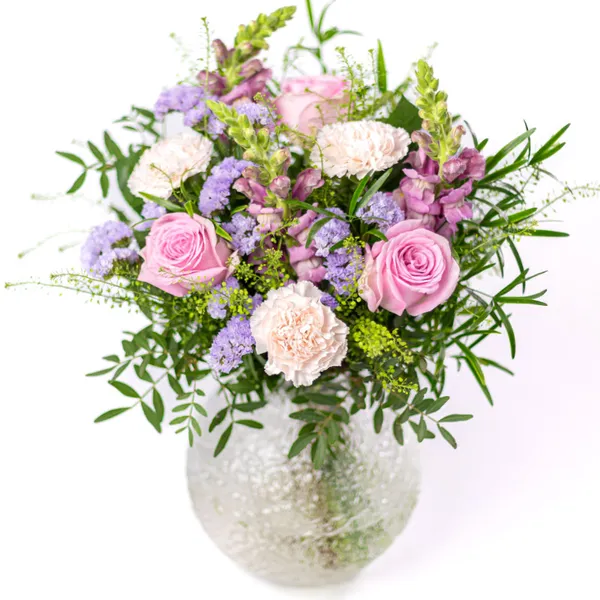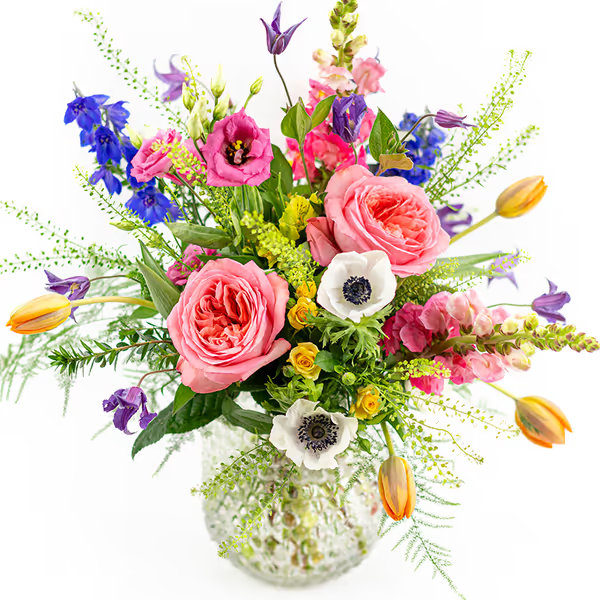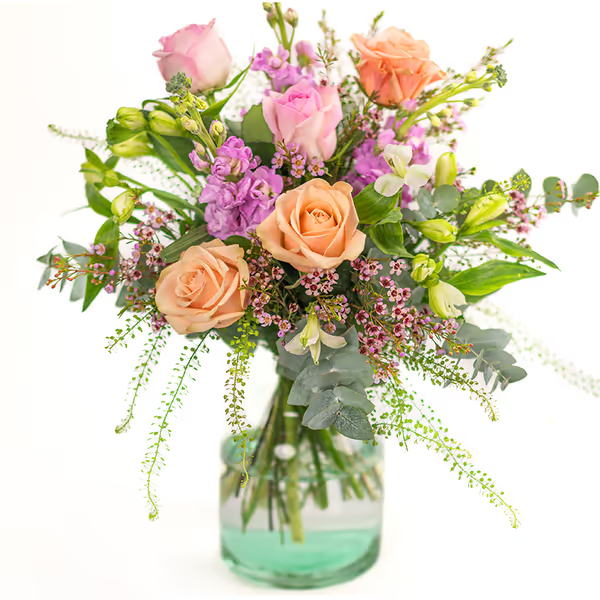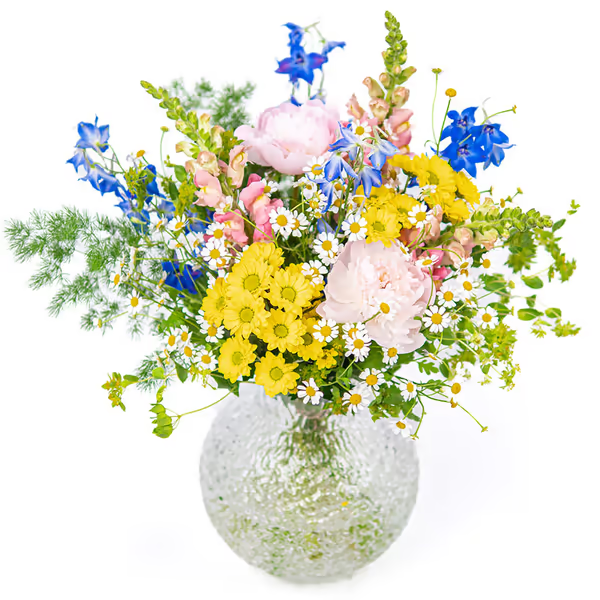Woodoats: The Graceful Grass of Movement and Tranquillity
Woodoats, also called Northern Sea Oats, is a perennial ornamental grass admired for its unique, drooping seed heads that resemble flattened oats. These papery spikelets shimmer in the wind and transition beautifully from green to bronze in late summer and autumn. Native to North America, Woodoats are loved for their textural charm, versatility in gardens, and long-lasting use in fresh and dried arrangements. Symbolically, they represent resilience, humility, calm, and natural elegance.
COMMON NAME
Woodoats, Northern Sea Oats
BOTANICAL NAME
Chasmanthium latifolium
ORIGIN
North America (USA, especially central and eastern regions)
PEOPLE ALSO CALL IT
North America (USA, especially central and eastern regions)
FLOWERING TIME
Summer to autumn (July to October)
ASPECT
Partial shade to full sun, moist well-drained soil
SYMBOLISM
Resilience, calmness, quiet beauty, harmony with nature
Care Tips for Cut Woodoats in a Vase
Harvest in mid to late summer: When seed heads are full and green or beginning to bronze.
Cut with long stems: Use a sharp knife or scissors to preserve the natural arching shape.
Remove lower foliage: To keep vase water clean and reduce decay.
Place in a tall, narrow vase: Their wispy stems look best when upright and airy.
Change water every 2–3 days: To keep the arrangement fresh.
Drying: Woodoats dry exceptionally well—hang small bunches upside down in a cool, dry space.
Vase life: 7–10 days fresh, indefinite when dried.
Care Tips for Clover in the Garden or Pot
Light: Thrives in partial shade, but also grows well in full sun if kept moist.
Soil: Prefers moist, rich, well-drained soil, but is adaptable.
Watering: Water regularly, especially during dry spells—do not let the soil dry out completely.
Fertilisation: Feed in spring with a balanced slow-release fertiliser.
Spacing: Plant 30–45 cm apart to allow graceful movement and airflow.
Pruning: Cut back to the ground in late winter to promote fresh spring growth.
Self-seeding: Can spread in naturalistic gardens—remove seed heads if unwanted.
Symbolism & Meaning
Woodoats symbolise resilience and quiet strength—they sway with the breeze but don’t break. Their gentle rustling sound and graceful movement represent inner peace, nature’s rhythm, and acceptance. Often used in naturalistic or minimalist designs, they embody calm energy and balance, making them perfect for modern gardens or meditative spaces.
Types of Woodoats
Woodoats is typically one main species used ornamentally:
- Chasmanthium latifolium – The classic, widely grown variety with flat, oat-like seed heads.
Some cultivars include:
- ‘River Mist’ – A variegated form with striped green-and-white leaves.
- Dwarf forms – More compact for containers and smaller beds.
Frequently Asked Questions About Woodoats
No, Northern Sea Oats (Chasmanthium latifolium) is considered non-toxic to humans and pets. It’s safe to plant in gardens where children or animals may be present.
Cut back the grass in late winter or early spring, before new shoots appear. Trim the dried stems and seed heads down to about 5–10 cm above the ground. You can also remove seed heads in autumn if you want to prevent self-seeding.
Yes, Northern Sea Oats is fully winter-hardy in most parts of Europe. It dies back in winter but regrows strongly in spring. In colder areas, a light mulch can protect the roots.
Yes, Northern Sea Oats is fully winter-hardy in most parts of Europe. It dies back in winter but regrows strongly in spring. In colder areas, a light mulch can protect the roots.




